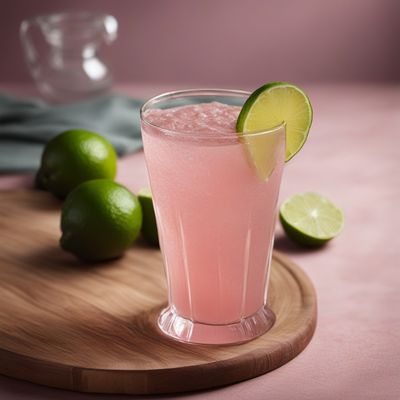
Ingredient
Rambutans
"Exotic Delights: Unveiling the Sweet and Juicy World of Rambutans"
Rambutans are small, round fruits with a spiky red or yellow skin that resembles a hairy shell. Once peeled, they reveal a translucent, juicy flesh that is sweet and slightly acidic. The texture of the flesh is similar to that of a grape, with a tender and slightly fibrous consistency. Rambutans are often described as a delightful combination of lychee and grapes, offering a refreshing burst of flavor with every bite.
Origins and history
Native to Southeast Asia, rambutans have a rich cultural and historical significance in the region. They are believed to have originated in the Malay Archipelago and have been cultivated for centuries in countries like Indonesia, Malaysia, Thailand, and the Philippines. Rambutans were introduced to other parts of the world through trade routes, and they have since become popular in tropical regions across the globe.
Nutritional information
Rambutans are low in calories and fat, making them a guilt-free indulgence. They are a good source of vitamin C, providing a significant portion of the recommended daily intake. Additionally, rambutans contain small amounts of iron, calcium, and fiber.
Allergens
Rambutans are generally considered safe and do not pose significant allergenic risks. However, individuals with a known allergy to lychee or other tropical fruits should exercise caution.
How to select
When selecting rambutans, look for fruits that have bright, vibrant skin without any blemishes or signs of mold. The spikes on the skin should be firm and intact. Choose fruits that feel slightly soft when gently squeezed, as overly firm rambutans may indicate under-ripeness.
Storage recommendations
Rambutans are best enjoyed fresh, but if you need to store them, keep them at room temperature for up to 2 days. For longer storage, place them in a perforated plastic bag in the refrigerator for up to a week.
How to produce
Rambutans can be grown in tropical or subtropical regions with a warm climate. They thrive in well-drained soil and require regular watering. It is best to propagate rambutan trees from seeds or by grafting onto compatible rootstocks.
Preparation tips
To enjoy rambutans, simply cut through the skin with a sharp knife and gently peel it away. The flesh can be eaten as is or added to fruit salads, desserts, or smoothies. Avoid consuming the seed, as it is not edible.
Substitutions
Lychee and longan can be used as suitable substitutes for rambutans, offering a similar flavor and texture.
Culinary uses
Rambutans are commonly enjoyed fresh as a snack or incorporated into fruit salads, tropical desserts, and refreshing beverages. They can also be used in jams, jellies, and sauces to add a unique twist.
Availability
Rambutans are commonly available in Southeast Asian countries such as Indonesia, Malaysia, Thailand, and the Philippines. They can also be found in tropical regions around the world, including parts of South America and Africa.
More ingredients from this category

Marmaladedos
Tangy Citrus Delight: Exploring the World of Marmaladedos

Sweetsops
The Tropical Delight

Wild sweetsops
The Exotic Delight: Unveiling the Secrets of Wild Sweetsops

Mammey sapotes
The Tropical Delight

Pulasans
The Exotic Delight

Sapodillas
The Sweet and Creamy Delight: Exploring the World of Sapodillas

Ilamas
The Exotic Delight: Ilamas

Cherimoyas
Cherimoyas: The Exotic Delight of Tropical Flavors

Elephant apples
The Exotic Delight
